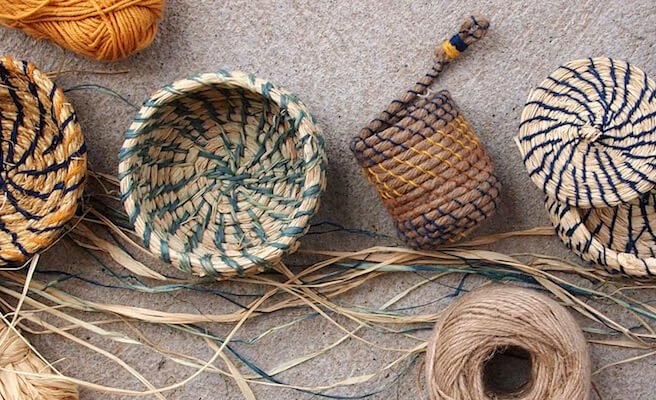Each spring Indigenous people from every direction gathered at Mungabareena for trade, to settle disputes and organise marriages while athletes competed in games of skill. Canoe racing may have been one of the sports Merriman participated in. (1) He was renowned for his ability to navigate the flooded Murray River with its treacherous currents which could swell to two miles wide. (2) Perhaps Robert Brown, who ran the inn at the crossing place witnessed Merriman’s prowess handling a canoe and that’s why he offered him the job of ferrying passengers and goods.
Items of trade came to Mungabareena from every direction and may have brought smoked eel from the south-west, shark skin from the coast which was prized as sandpaper for making a smooth finish on boomerangs, shell necklaces, winter-killed fur from the high country and ochres of different colours for ceremony. Plus there would be tools, baskets, feathers, sacred ceremonial objects, song verses and dance styles that were also passed on from one group to the next. (1)
Travel to Wil-im-ee Moor-ring, the stone axe quarry at Lancefield in the Macedon ranges for was an essential part of traditional life for Merriman’s people. Greenstone hatchet heads were prestigious items traded over much of south-eastern Australia, creating social links and obligations between neighbouring groups. The greenstone originating from Wil-im-ee Moor-ring had a wide distribution reaching a distance of up to 800 kilometres and can be traced northwards across the Murray, up the Darling River as far as Broken Hill and across western Victoria into South Australia and to the mouth of the Murray River. (3)
Axes were highly prized and traded for goods such as possum skins and other valuable resources. The trade also had important social functions. It strengthened bonds between social groups and reinforced kinship links, as well as birthplace and ceremonial obligations. (3)
Some of the trade laws from the Lancefield stone quarry were recorded,
‘When neighbouring tribes wanted stone for tomahawks they sent a messenger to Billibellary to say they would take opossum rugs and other things if he would give them stone for them. Billibellary’s father when he was alive split up the stones and gave them away for presents such as rugs, weapons, ornaments, belts, necklaces — three pieces of stone were given for a possum rug. People sometimes give presents in advance to get stone bye and bye.’ –– William Barak’s description to anthropologist Alfred Howitt circa 1884. (4)
besides canoe racing, there were other games of skill such as spear throwing. An account of this sport called, ‘currum barlee’ comes from the writings of JFH Mitchell. The game was run by rolling wooden disks down an embankment while competitors hurled their spears in an attempt to hit the target. (5)
At the end of the gathering, an invitation was issued by the mountain peoples to anyone who wished to spend summer in the high country feasting on Bogong moths and enjoying the cooler weather. (1)
(1) As told by Eddie Kneebone, Bangerang man, artist and educator to the author.
(2) The emigrant’s guide, or, Ten years practical experience in Australia / by David Mackenzie, passage on the Murray River in flood being two miles wide.
(3) Information on Mount William axe quarry; https://www.environment.gov.au/heritage/places/national/mount-william
(4) William Barak’s description to anthropologist Alfred Howitt circa 1884.
(5) JFH Mitchell, information on Currum-Barlee


